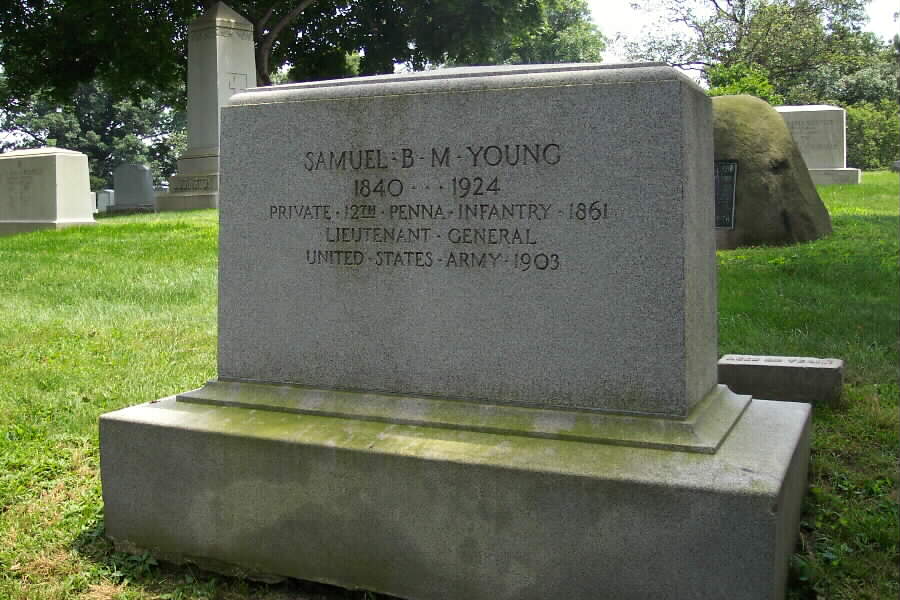Samuel Baldwin Marks Young of Pennsylvania
- Appointed from Pennsylvania, Private, Company K, 12th Pennsylvania Infantry, 25 April to 5 August 1861
- Captain, 4th Pennsyvlania Cavalry, 6 September 1861
- Major, 20 September 1862
- Lieutenant Colonel, 1 May 1864
- Colonel, 25 June 1864
- Brigadier General of Volunteers, 9 April 1865 for gallant and faithful services during the campaign terminating with the surrender of the insurgent army under General R. E. Lee
- Honorably mustered out of the volunteer service, 1 July 1865
- First Lietuenant, 12th U. S. Infantry, 11 May 1866
- Captain, 8th U. S. Cavalry, 28 July 1866
- Major, 3rd U. S. Cavalry, 2 April 1883
- Lieutenant Colonel, 4th U. S. Cavalry, 16 August 1892
- Colonel, 3rd U. S. Cavalry, 19 June 1897
- Brigadier General, U. S. Volunteers, 4 May 1898
- Major General, U. S. Volunteers, 8 June 1898
- Brigadier General, 13 April 1899
- Brigadier General, U. S. Army, 2 January 1900
- Major General, 2 February 1901
- Breveted Major, 2 March 1867 for gallant and meritorious service in action at Sulphur Spring Virginia
- Breveted Lieuenant Colonel, 2 March 1867 for gallant and meritorious service in action at Amerlia Spring, Virginia
- Breveted Colonel, 2 March 1867 for gallant and meritorious service in the battle of Sailors Crkks, Virginia
Born on January 9, 1840 at Pittsburgh, Pennsylvania, the son of Captain John, Jr. and Hahhan Scot Young. He was educated at Jefferson College, Cannonsburg, Pennsylvania.
He enlisted as a Private in the 12th Pennsylvania Volunteer Infantry in April 1861 at the outbreak of the Civil War. After the expiration of his term he was commissioned Captain, 4th Pennsylvania Volunteer Infantry in September. He served with distinction in the Army of Potomac throughout the Civil War, receiving promotion to Major in September 1862, to Lieutenant Colonel in October 1864 and to Colonel in December 1864. He was breveted Brigadier General of Volunteers in April 1865 for services during the final campaign from Petersburg to Appomattox.
He was mustered out of the volunteer service in July 1865 and in May 1866 he was appointed Second Lieutenant, 12th U.S. Infantry, receiving promotion to Captain of the 8th U.S. Cavalry in July of that year.
Thereafter he principally served on the frontier and saw action against hostile Indians on numerous occasions. In March 1867 he was breveted Major for Civil War Service at Sulphur Springs, West Virginia, October 12, 1863; Lieutenant Colonel for Amerlia Spring, Virginia, April 5, 1865 and to Colonel for Sayler’s Creek, April 6, 1865.
He was regularly promoted to Major, April 1883; Lieutenant Colonel, August 1892; and Colonel of the 3rd U.S. Cavalry, June 1897.
On the outbreak of the Spanish-American War, May 1898, he was commissioned a Brigadier General of Volunteers. He commanded a Division in the Santiago Campaign in Cuba and in July was promoted to Major General of Volunteers.
In April 1899 his volunteer commission expired and he was reappointed Brigadier General of Volunteers. From July 1899 to March 1901, he saw action against the Philippine Insurrectionists. He commanded a succession of brigades in Henry W. Lawton’s 1st Division of VIII Corps under Elwell Stephen Otis; led advance forces in the final campaign in Northern Luzon, then served as Military Governor of that District. In January 1900 he was promoted to Brigadier General, U.S. Army, and in February 1901, Major General. From then until March 1902, he commanded the Department of California.
In November 1901 he was named President of the War College Board, a forerunner of the actual College and the General Staff, and in July 1902 he was appointed the first Chief of Staff of the United States Army under the newly appointed General Staff system. He held that post until his retirement in January 1904. In 1909-10, he was President of a Board of Inquiry that investigated the alleged riot of black soldiers of the 25th Infantry at Brownsville, Texas, August 13, 1906, and affirmed the subsequent dishonorable discharge of 159 men by order of President Theodore Roosevelt. From 1910 to 1920 he was the Governor of the Soldiers’ Home in Washington, D.C.
He died on September 1, 1924 at Helena, Montana, and was subsequently buried in Section 3 of Arlington National Cemetery.
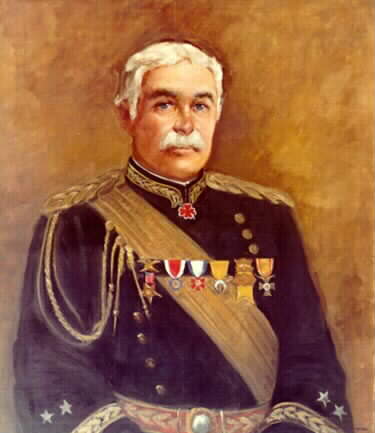
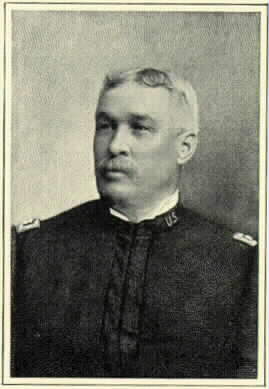
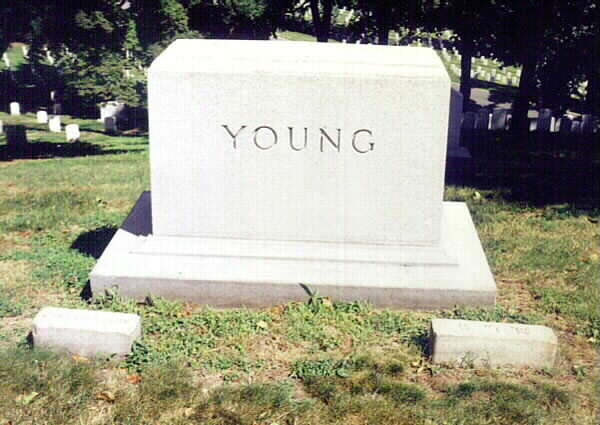
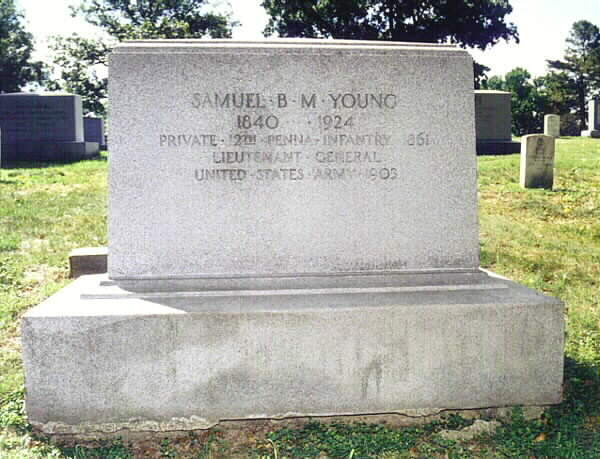
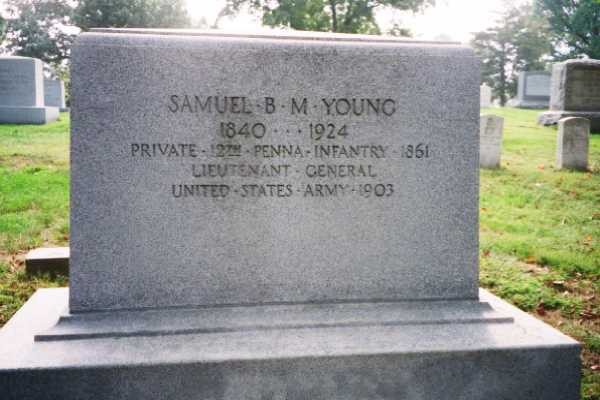
Michael Robert Patterson was born in Arlington and is the son of a former officer of the US Army. So it was no wonder that sooner or later his interests drew him to American history and especially to American military history. Many of his articles can be found on renowned portals like the New York Times, Washingtonpost or Wikipedia.
Reviewed by: Michael Howard

